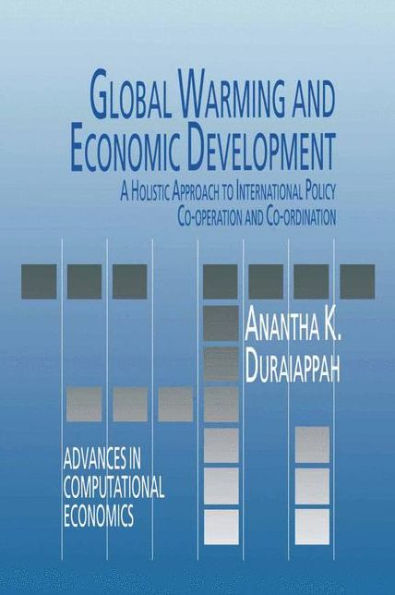5
1
9780792321491


Global Warming and Economic Development: A Holistic Approach to International Policy Co-operation and Co-ordination / Edition 1 available in Hardcover

Global Warming and Economic Development: A Holistic Approach to International Policy Co-operation and Co-ordination / Edition 1
- ISBN-10:
- 0792321499
- ISBN-13:
- 9780792321491
- Pub. Date:
- 04/30/1993
- Publisher:
- Springer Netherlands
- ISBN-10:
- 0792321499
- ISBN-13:
- 9780792321491
- Pub. Date:
- 04/30/1993
- Publisher:
- Springer Netherlands
109.99
In Stock

Product Details
| ISBN-13: | 9780792321491 |
|---|---|
| Publisher: | Springer Netherlands |
| Publication date: | 04/30/1993 |
| Series: | Advances in Computational Economics , #2 |
| Edition description: | 1993 |
| Pages: | 224 |
| Product dimensions: | 6.10(w) x 9.25(h) x 0.24(d) |
From the B&N Reads Blog
